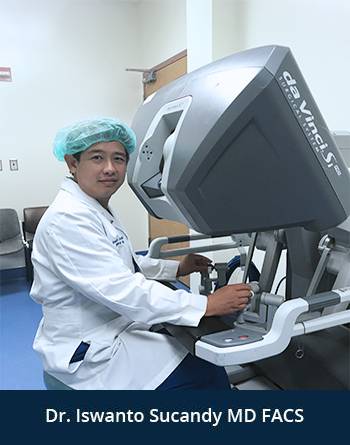What Is Laparoscopic Liver Cyst Unroofing
 When a sizeable hepatic cyst or laparoscopic liver cyst becomes symptomatic, patients often present with right upper quadrant pain, shoulder discomfort, nausea, epigastric fullness, and acid reflux-like feelings. The symptoms are caused by a mechanical stretch to the Glissonean capsule covering the liver or mechanical compression to the surrounding organs such as the stomach, diaphragm, intestines, and chest wall. In this situation, a surgical fenestration or unroofing liver cyst procedure is necessary. A diagnosis can be easily made based on a CT scan or MRI. It is essential to rule out a premalignant cystic mass/lesion of the liver such as mucinous cystic neoplasm or parasitic hydatid cyst, which should instead be resected. A percutaneous liver cyst aspiration by an interventional radiologist is commonly discussed and falsely performed. However, it is well known to fail in more than 95% of patients due to rapid fluid reaccumulation within the hepatic cyst. The futile percutaneous liver cyst aspiration is, therefore, not recommended.
When a sizeable hepatic cyst or laparoscopic liver cyst becomes symptomatic, patients often present with right upper quadrant pain, shoulder discomfort, nausea, epigastric fullness, and acid reflux-like feelings. The symptoms are caused by a mechanical stretch to the Glissonean capsule covering the liver or mechanical compression to the surrounding organs such as the stomach, diaphragm, intestines, and chest wall. In this situation, a surgical fenestration or unroofing liver cyst procedure is necessary. A diagnosis can be easily made based on a CT scan or MRI. It is essential to rule out a premalignant cystic mass/lesion of the liver such as mucinous cystic neoplasm or parasitic hydatid cyst, which should instead be resected. A percutaneous liver cyst aspiration by an interventional radiologist is commonly discussed and falsely performed. However, it is well known to fail in more than 95% of patients due to rapid fluid reaccumulation within the hepatic cyst. The futile percutaneous liver cyst aspiration is, therefore, not recommended.
In the modern era of liver surgery, laparoscopic liver cyst unroofing has become the standard treatment for symptomatic large hepatic cysts. It is a technically straightforward operation with excellent efficacy and long-term outcomes. An open liver cyst operation is now obsolete for this disease. Liver transplant surgery is not a part of the treatment algorithm for large symptomatic liver cysts since it is rarely associated with liver dysfunction.
To definitively treat symptomatic large hepatic cysts, removal/resection of a large portion of the cyst wall is mandatory. This may include partial liver resection of adjacent attenuated liver parenchyma. An appropriacalltoy performed liver cyst removal operation minimizes the incidence of cyst recurrence. Recognition of the intrahepatic biliary and vascular anatomy is vital to avoid bile leak or bleeding intraoperatively. The resected cyst wall is then sent to pathology for a frozen-section evaluation to identify or rule out the presence of any premalignant/malignant cells. Formal oncologic liver resection is needed to gain negative margins when premalignant or malignant cells are identified.
While the majority of liver surgeons/liver specialists/transplant surgeons perform laparoscopic unroofing hepatic cyst operations, Dr. IswantoSucandy performs this operation through a single incision in the umbilicus. This is called a laparoendoscopic single-site unroofing liver cyst procedure. By creating only a single incision in the umbilicus, physiologic insults to the body can be minimized, and cosmetic results can be optimized. Laparoscopic instruments, including cameras, graspers, cutting devices, stapler, and liver ultrasound, can be inserted through this single opening. After laparoscopic hepatic cyst removal operation, excellent outcome, remnant liver hypertrophy, and resolution of symptoms are expected. Only a single dressing in the umbilicus will be needed postoperatively.
Most patients can be discharged on the same day of the operation. Placement of an abdominal drain is usually not needed after this procedure. A small percentage of patients require an overnight stay in the hospital mainly due to medical problems.
Consult Dr. IswantoSucandy for Safe Liver Cyst Removal
It is essential to see an experienced liver surgeon to treat large symptomatic hepatic cysts. In our liver surgery center, Dr. IswantoSucandy and his team perform this operation frequently. Even in patients with prior multiple abdominal operations (including open operations), the minimally invasive technique can still be offered safely with excellent outcomes.


